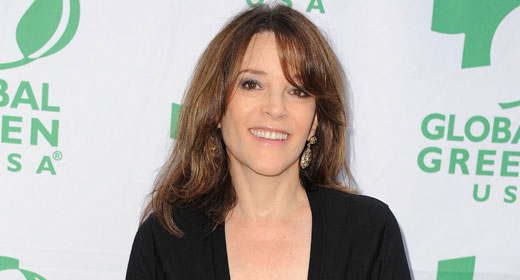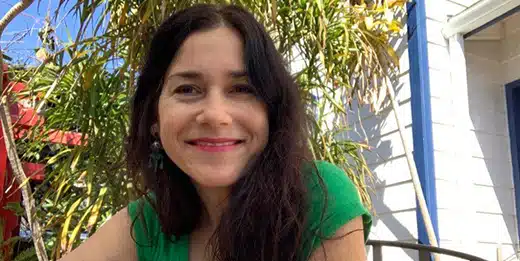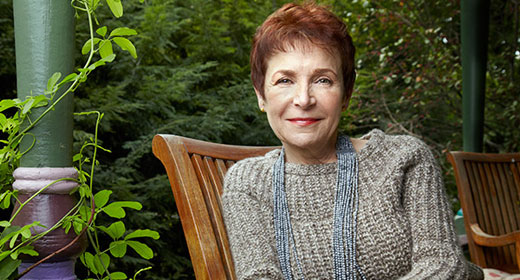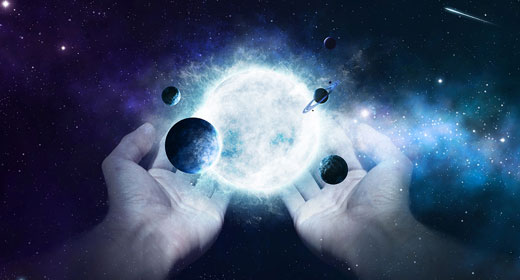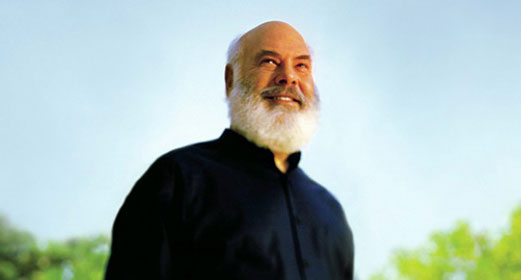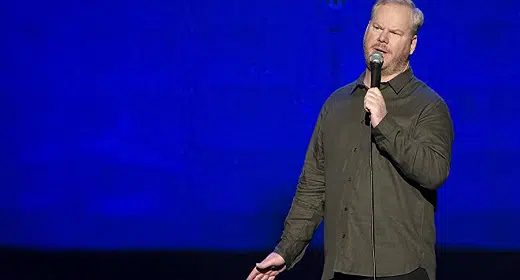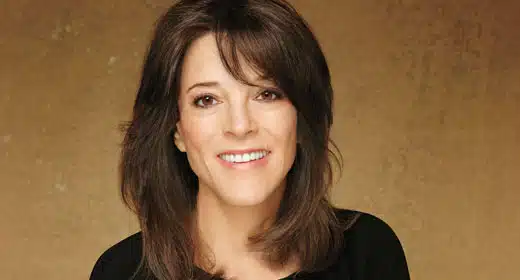Everybody knows vipassana but not many people understand it.
Satya Narayan Goenka: If they know and practise vipassana, my purpose is served. I don’t do anything to make myself popular. Vipassana should become popular.
This is completely unusual. Every other guru has followers chasing him. If he gets off a plane, cars pull up to receive him like a minister.
A teacher should not be made an idol, like a god. He is a teacher. If you want to get any help, you practice what is being taught, that’s all.
Do you respect Buddha as a god or a teacher?
He isn’t god. He was an enlightened person. He was a scientist of the spiritual world. Without scientific apparatus, 2,600 years ago, he had said the entire world or the universe has no solidity. Your body too has no solidity, (it is) mere vibration. Scientists now have started saying this too.
So, you don’t worship Buddha?
No. Even in his lifetime, when people came and paid him respects, he told them that the only way they could pay him respect was to practice meditation the way he taught. He said: I can’t help you. Nobody can help you. Koi Buddh ho jayega, he will show you the path. You have to step on the path. That will give you the result, not the teacher. That is the tradition maintained by a few people in Burma. And that is vipassana.
What does vipassana mean literally?
To observe reality as it is. No imagination, speculation, belief or disbelief is allowed. When people start realising the truth of their body and minds, how they work, they come out of misery. Vinobaji (Vinoba Bhave) had once challenged me. He said he couldn’t believe vipassana could help people be freed of their impurities. Only god can help, he said.
I said, sir, it has helped me. He said he would accept vipassana if it can reform schoolchildren with no discipline and hardened criminals. I said, sir, I am new in this country. You arrange courses, I will teach and let’s see the result. So he arranged a course in his own school. In every sentence, the students there had some abuse or filthy language. They had no discipline. After vipassana, they did not use bad language anymore.
Three years later, the home secretary of Rajasthan also did a course and was impressed. I said you are the home secretary, let me hold one or two courses in a jail. He talked to the chief minister and got permission. Then, Kiran Bedi said you must be come to Tihar (jail). A thousand inmates took part in our sessions. The government even established a centre there.
Tell us about your journey from Burma, your initiation into vipassana.
I was a very strong sanatani, very strong Hindu. At a very young age, I became a successful businessman. In Burma, I became president of the chamber of commerce. I became egoistic. I would beat my children mercilessly. I had always topped my class in school. If my children got bad marks, I would beat them. Later, my teacher Sayagyi U Ba Khin said I won’t teach you Buddhism. I will teach you morality. Do you have any objection? How can be there any objection sir, I said. How can you lead a moral life, without control of the mind, he said? So he taught me morality and samadhi and pragya. In 10 days, the migraine I had for 20 years was gone. I did not need the morphine I had been taking for 10 years anymore. But the big achievement was that my anger was gone, and my ego became less.
And you haven’t been angry since then?
Only once, when I had to pretend to be angry to improve a person, who was not able to understand (me).
How is vipassana different from other forms of meditation?
Vipassana is observation of truth. Not the apparent truth. Not your face or your arms. You feel what is happening inside you. The mind becomes very sharp in three days. In those three days, no words are used. Nobody asks you to chant Buddha’s name. Just observe the truth, the breath coming in and out of you. Experience the truth as is the law of nature. From the fourth day, you are asked to observe the whole body, to get different sensations, pleasant sometimes, but mostly unpleasant. A lot of negativity amd impurities well up in their minds. Then they realise what they are doing. They realise they are harming themselves and they start changing. This is how the change comes, with their own experience.
You are not telling anybody to become a monk.
I am not a monk. I am a householder. During Buddha’s time, a large number of monks and nuns, and quite a large number of householders were teachers. Slowly, the householder-teacher system went away. Only the monks remained. The tradition of householders was to be established again. This was the dream of my great teacher. People in India are afraid of Buddhism. But when you go as a householder and start teaching them, and they get results, they will automatically come.
But why are people afraid of Buddhism in India?
There is a wrong impression created in the last 2,000 years that Buddha taught ahimsa parmo dharma. Ashoka, who was the biggest follower of Buddha, gave up his army and violence.
He weakened India…
Which never happened, totally wrong. This was only propaganda to condemn Buddha and his teaching. Later, I studied Ashoka’s writings and then went back to Buddha’s teachings. I realised Buddha had also taught how to defend gantantra, the republic. This is applicable even today. He explained how kings should build a fort and defend themselves.
Vipassana is tough. Do people find it tough to go through those 10 days?
No, it is easy. You just observe your breath and the mind wanders away. Slowly start concentrating and move your body and feel the sensation. Keep on working on that. On the tenth day, when everybody goes back, they are all happy.
But do you encounter many who are not able to take it and run away?
Say one in a thousand. The vast majority don’t go away. They work. I have made teachers from every community.
In Britain, you said there is now a three-month waiting list for vipassana courses, but not so much in India as yet.
In India too, in many of our centres, there are waiting lists. There is a waiting list at the centre here also. I have trained 1200-odd teachers; there are 158 centres around the world and 90 places where there are no centres, but our teachers go and teach people when they call us.
But there is a certain exotica. People know vipassana is a Buddhist meditation technique. They know it came from Burma. Some know that there is one Mr Goenka who’s behind it. Not many know that there is a big stupa outside of Mumbai. But nobody understands really what this is.
Why did you build the stupa?
Twelve thousand people come and meditate here. An old relic of Buddha here and it gives off good vibration.
Let me ask you an ignorant question, If Buddha was not god, if he was a human being, why should a relic from his body provide special vibration?
His whole body had wonderful vibrations when he was teaching. Every part of his body still generates good vibrations.
So a human being can become superhuman?
Certainly. This is what his teaching is there. You can become a superhuman but you don’t become a god or goddess or Brahma. It is not allowed that people come and pay respects to you. You lead a good life, (be) a good example for others.
So you built this stupa here as a tribute to Buddha?
I built it as a tribute to my teacher because he wanted to pay back the debt to India, which is where vipassana originated. He wanted to come and teach here but couldn’t get a passport. I was a Burmese national but I got a passport. So he asked me to do the job. I was sceptical. Who will come to me? I have no method, no shaven head. I am a householder. My brothers were here but they said vipassana is not for our country. Let it be in Burma. They didn’t help me. My teacher said do not worry, those who have done good deeds from the past will come running to you. You won’t have to call them. And within 10 days, courses were arranged.
So you rediscovered India and India rediscovered you and vipassana, something India lost 2,600 years ago.
Quite true. I had feared that people had a wrong impression about vipassana and Ashoka. But they started coming.
And you are not converting anybody to Buddhism.
No, I am against conversion. In my speech at UN, the first thing I said was that I am for conversion, but not from one organised religion to another, but from misery to happiness, from bondage to liberation.
How many of those who do vipassana actually get changed, fundamentally?
Well, I should say a large number of them get changed. That is how it is spreading. We have no publicity, no propaganda; we don’t charge anything from the people.
And a very simple name like Satya Narayan Goenka, no guru, no shri, no beard, no matted hair.
A spiritual teacher who came to my course, said: “Why don’t you change your name? Satya Narayan Goenka means a Marwari and he is a businessman. What he will teach us? Change your name, say Satyanand”. And lots of people will come. I said I am not here to deceive people. One of my disciples ( I don’t want to name him), he changed his name and started a method. But we don’t condemn that. That is his job. But we never recommend this. This kind of false impression is not moral.
Have you observed the sayings of other popular gurus in India, Sri Sri Ravishankar?
Ravishankar was my student. He signed up for a vipassana course. Now I see him changed. (laughs)
So he is the student you were talking about.
But I don’t condemn. Somebody may like to live like that. Let him.
How does your method differ from say Thich Nhat Hanh’s, mindfulness as he calls it?
Mindfulness can be of many things. You can be mindful of the outside thing, you can be mindful about others, you can be mindful even about your body. But the mindfulness taught in this technique is (to be aware of) the inner reality, because that is related to our misery. One is to come out of misery.
And what about the Dalai Lama, have you followed his teachings?
We are very good friends, but his teaching is little different. They have some rites and rituals like prostrating in front of a teacher.
You don’t encourage that.
Once at a confluence in Nagpur, Dalai Lama and I were invited as teachers. In my speech, I had said that in vipassana, a large number of people start seeing light within three days. He said, ‘Impossible, we take years just to see light’. I asked him to send some of his lamas and let them experience it. He sent two lamas to my course at Varanasi. Fortunately, they both saw light on the third day. They went and reported it. So the Dalai Lama asked me to give a course to his leading lamas. I said yes, but they have to accept my rules and regulations, no more rites or rituals. I went there, some 50 or 60 top lamas took part. The next day, they bowed before me. “These rites and rituals are not allowed,” I said. They said if we don’t do that, we cannot remain lamas. Word reached Dalai Lama, who was staying a few yards away. He sent them a message: “Accept whatever Goenka says. If you think you are committing a sin, consider it mine. But you have to work according to him”. Ten days later, the result was so good that the Dalai Lama met me and said, “All these days, we were under the wrong impression that you were part of the old tradition. You have all the love and compassion for which we are so proud.” So now I say we are very good friends.
And you take him to be a genuine Buddhist?
Genuine Buddhist in the sense that if he comes out of these rites and rituals.
You disagree with rites and rituals.
Yes. I don’t agree with that.
That is the secret of your growing popularity as well because nobody has to change, you haven’t changed.
Quite true. I don’t want people to become Buddhists. We have got a research centre at Igatpuri and there are thousands of pages with Buddha’s verses and nowhere is the word Buddhist mentioned.
So that’s the wonderful contribution you are making. You are bringing back Buddhism to this country. Many congratulations.


